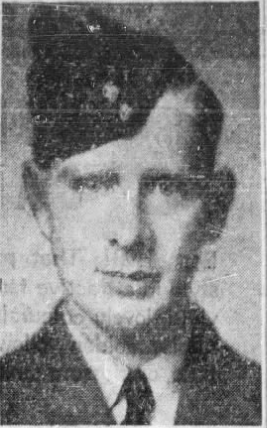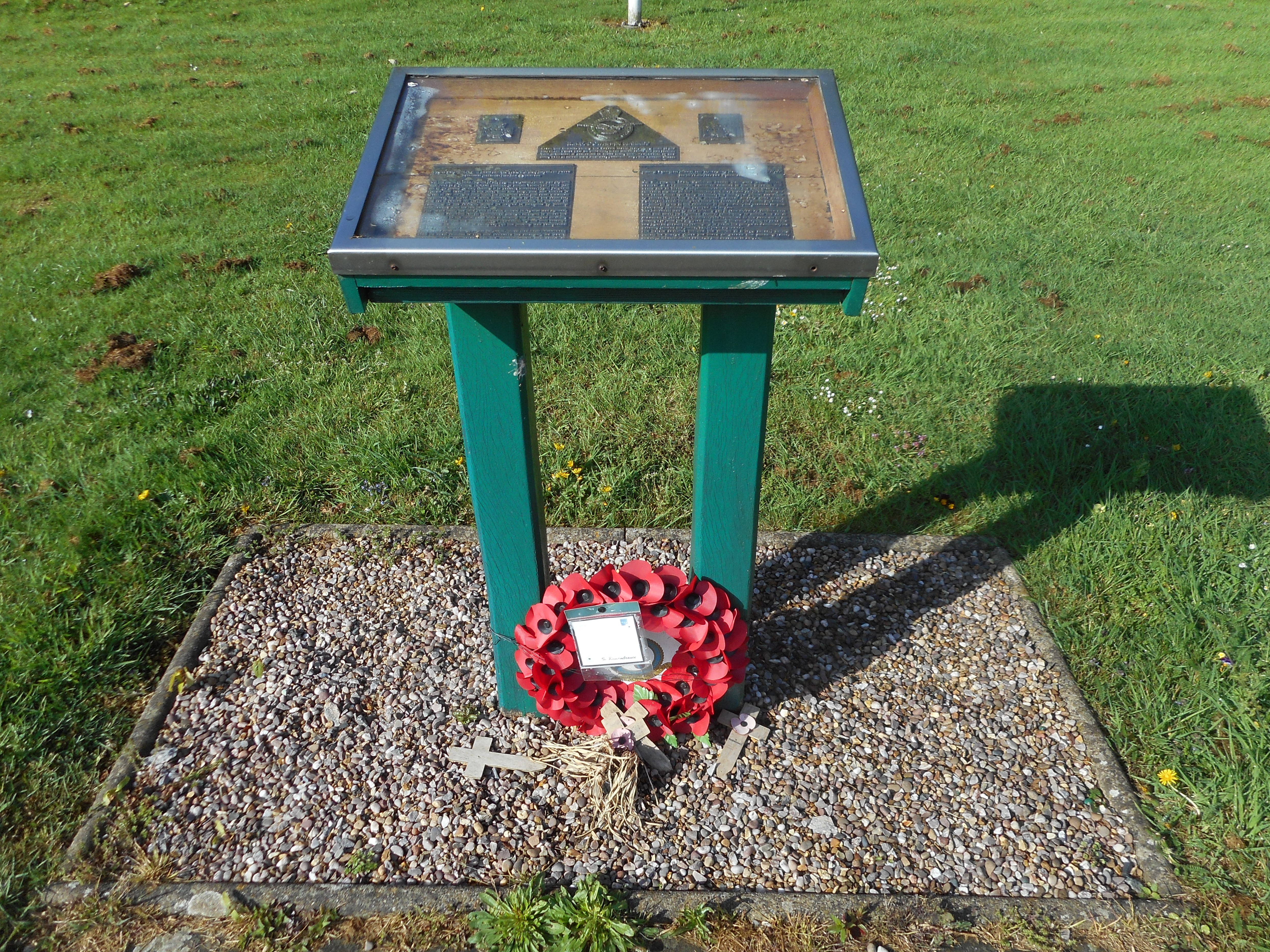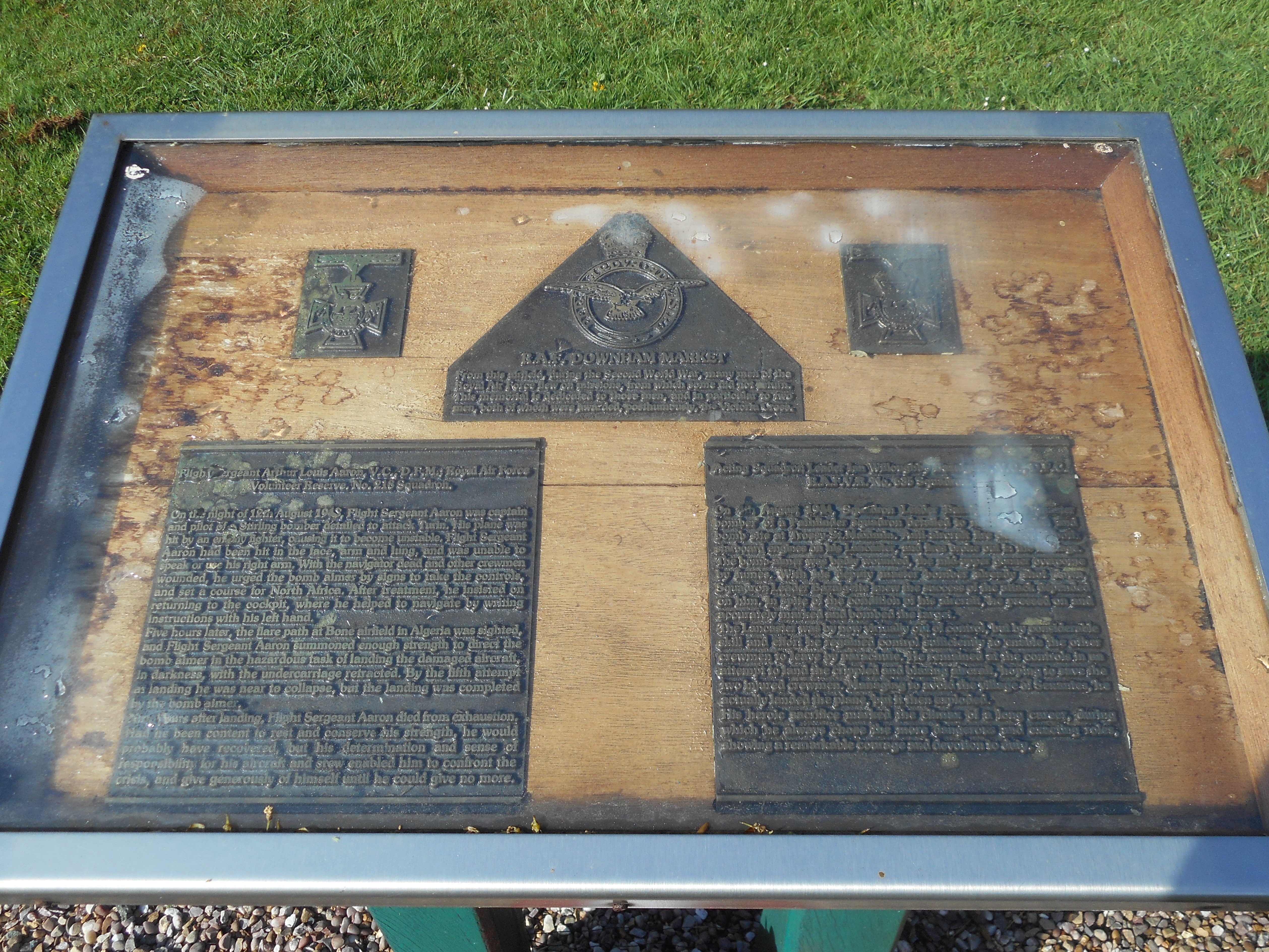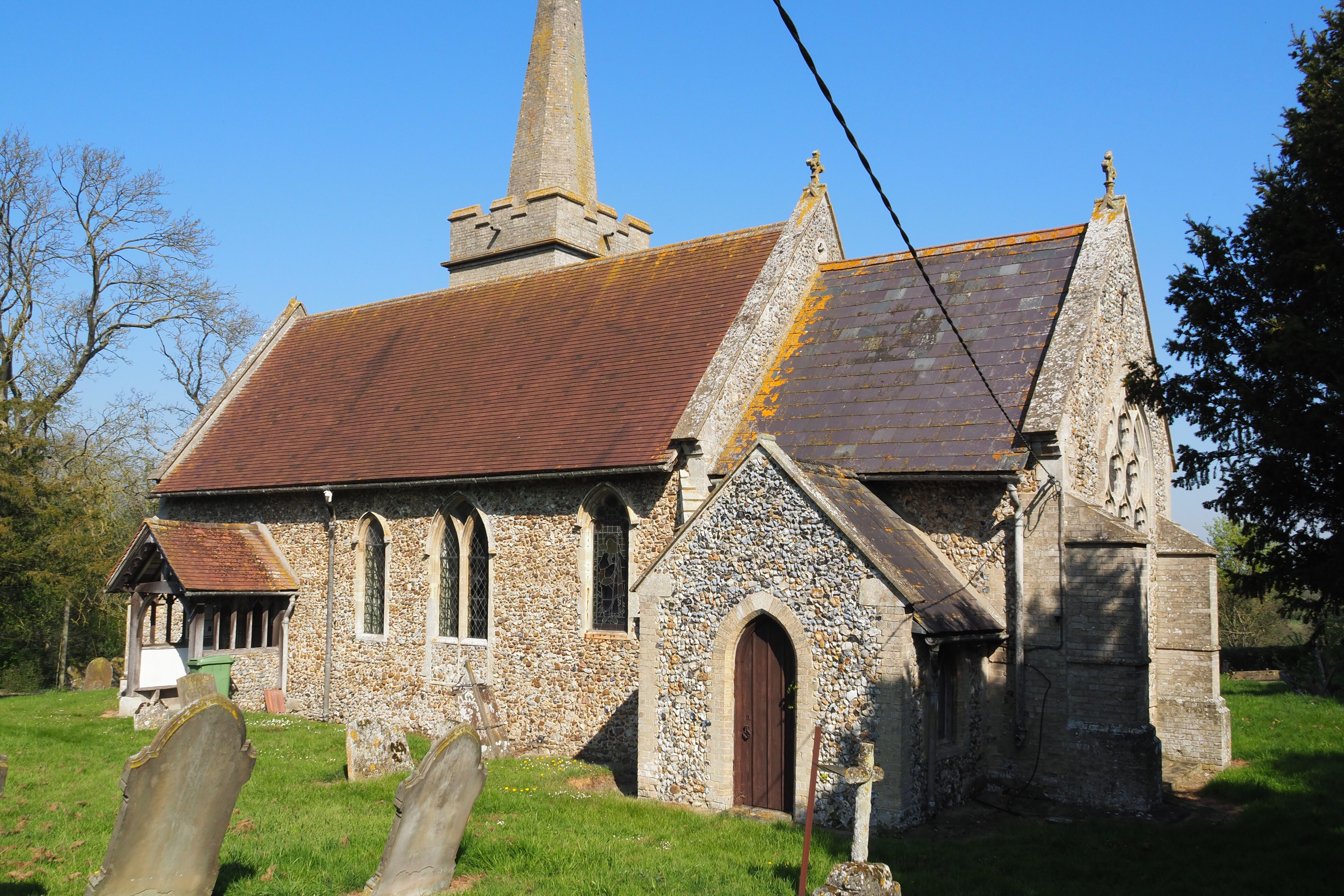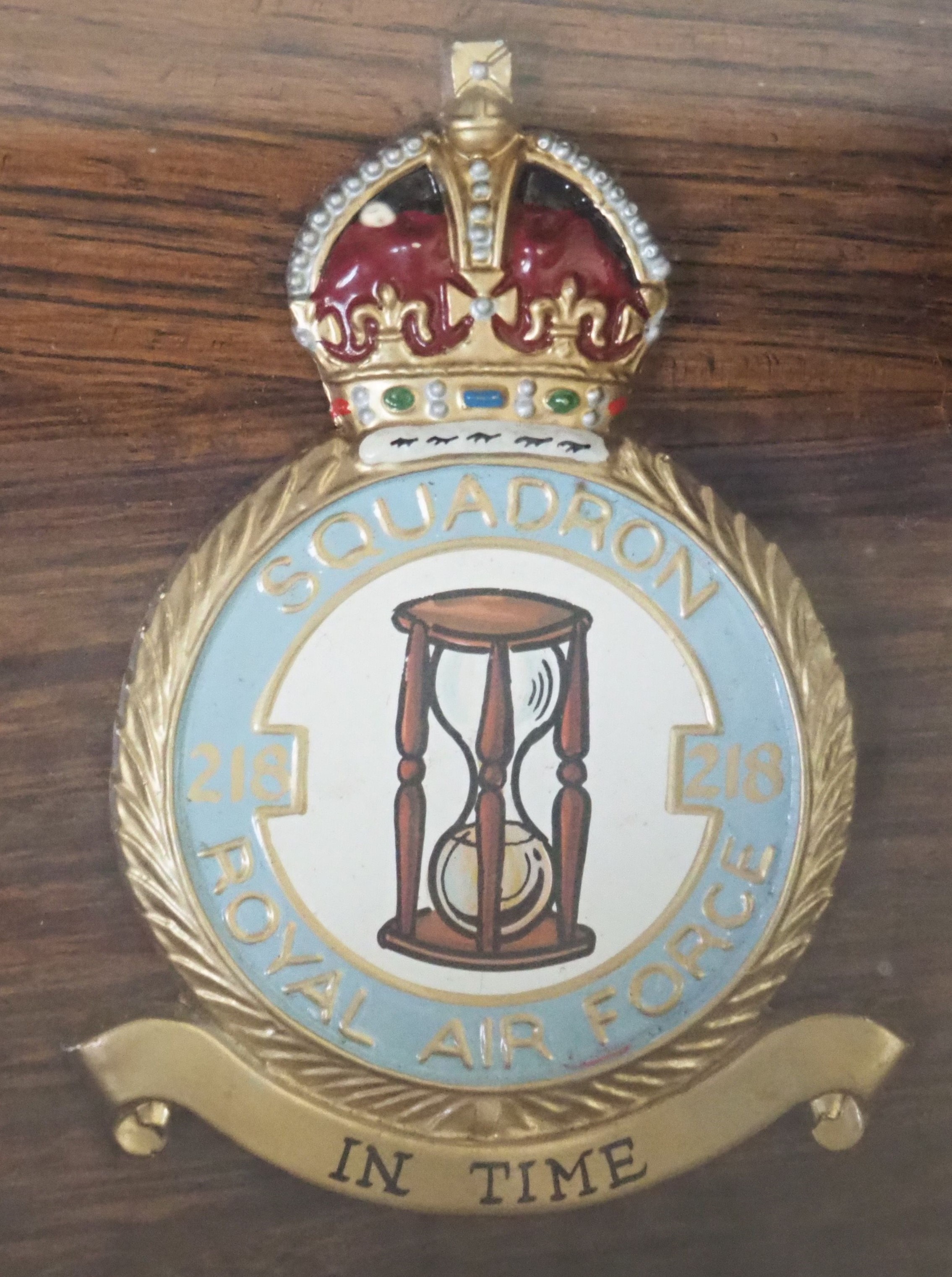Brennan, Cornelius Alfred
Personal Information
| Rank | WO2 |
| Forename(s) | Cornelius Alfred |
| Surname | Brennan |
| Gender | M |
| Age | 23 |
| Date of Death | 13-08-1943 |
| Next of Kin | Son of John Christopher Brennan and Mary Ellen Brennan (née Troy). |
Aircraft Information
| Aircraft | Short Stirling III |
| Serial Number | EF452 |
| Markings | HA-O |
Memorial Information
| Burial/Memorial Country | Algeria |
| Burial/Memorial Place | Bone War Cemetery, Algeria |
| Grave Reference | I. C. 5. |
| Epitaph |
IBCC Memorial Information
| Phase | 2 |
| Panel Number | 135 |
Enlistment Information
| Service Number | R/117605 |
| Service | Royal Canadian Air Force |
| Group | 3 |
| Squadron | 218 (Gold Coast) |
| Squadron Motto | In time |
| Trade | Navigator |
| Country of Origin | Canada |
Other Memorials
| Location | St. Mary's Church, Bexwell, Norfolk |
| Country | United Kingdom |
| Memorial Type | Inscribed Stone Tablet |
| Memorial Text | In memory of the squadrons based at R.A.F. Downham Market and those who have their lives during the 1939 - 1945 war |
| Location | All Saints Church, Chedburgh, Suffolk |
| Country | United Kingdom |
| Memorial Type | RoH and Sqn Crest |
| Memorial Text | Roll of Honour and scroll remembering the members of the Royal and Polish Air Forces who served at RAF Chedburgh 1942 - 1946 |
Miscellaneous Information
| Born 22 February 1920 in Montreal. |
Commonwealth War Graves Commission
The National Archives
| Record of Events (Operational Record Book) AIR 27/1351/16 |
| Summary of Events (Operational Record Book) AIR 27/1351/15 |
Fellow Servicemen
Please note that this list gives all the losses aboard the quoted aircraft and occasionally these may have occurred on an earlier date when the aircraft was not itself lost. Please check the dates of death carefully.
Last Operation Information
| Start Date | 12-08-1943 |
| End Date | 13-08-1943 |
| Takeoff Station | Downham Market |
| Day/Night Raid | Night (88% moon) |
| Operation | Turin- Fiat factory. 152 aircraft, 2 losses. The crews described the raids as 'heavy and concentrated' although there was little detail from the local authorities except 18 dead. |
| Reason for Loss | Raked by machine gun fire from another bomber in the main force, killing Sgt. Brennan instantly. F/S Aaron was mortally wounded and died the following day after making a crash landing at Bone airfield, Algeria. The instrument panel had been severely damaged and the front section of the windscreen shattered. Larden and Mitchem, the bomb aimer and flight engineer respectively, took turns at the second set of controls as Aaron was slumped at the main controls, unconscious. Between them, they were able to bring the aircraft back to the straight and level. By now, Aaron had come round and, unable to speak due to severe facial injuries, gave instructions to the crew by scribbling notes on the back of Brennan's logbook. It read that the crew should return to England, but with the aircraft now at only 4000ft in the Alps and severe damage to the trim cables and hydraulics, this did not seem like an appealing option. Instead, Larden headed for Austria but once clear of the Alps, turned west in the hope of reaching Sicily. They crossed into the Mediterranean at La Spezia (where they released their bomb load over the naval base) and on reaching Sicily, they issued a distress call, which was responded to by Bone airfield, North Africa, who took control of the situation and instructed them not to attempt a landing at Sicily but to proceed to Bone. As they approached Bone, Aaron had collected himself enough to insist that he return to the controls despite his grievous injuries and, helped by the other crew, he was able to do just that. After two abortive attempts to land, Larden once again took the controls and landed on the third attempt. Aaron was quickly conveyed to Bone hospital, where he was immediately operated on. Meanwhile Larden and Mitchem, who had scarcely had time to even realise that they had also been hit by gunfire, were also attended to. Although the surgeons were initially pleased with how Aaron had responded, he sadly died the following day. Aaron was a mild mannered individual, but commanded discipline amongst his crew and insisted that all were able to carry out at least some of each others' roles in case anybody should be incapacitated during an operation. This discipline, as it turned out, saved the crew but sadly not Aaron himself. Larden was awarded the CGM whilst Mitchem and Guy received the DFM. |
